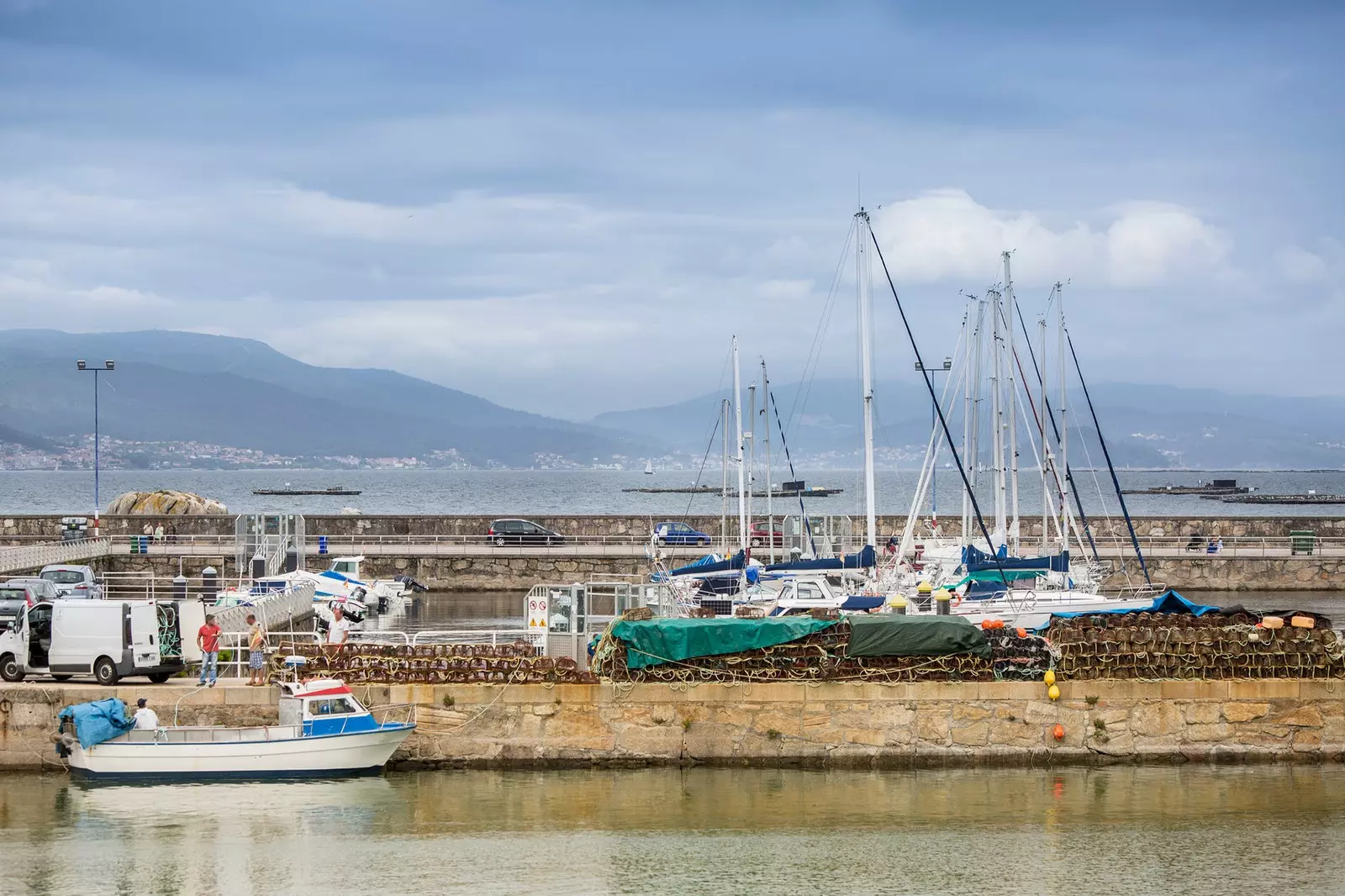
Bueu is one of those places where time seems to stop
William Marconi goes for a spin on his yacht the south coast of Galicia and he stops at Boo. There he meets the Masso family, who had a canning company. They show him an old house, models of warships and Gothic incunabula. And he gives the inventor of the radio and Nobel Prize winner a stendhalazo, there, in a small fishing village. It was on May 11, 1928 and, before leaving, he asked the family of businessmen, please, make a museum with all those relics. If they fulfilled what was promised, he himself would come to inaugurate it. Four years later, Marconi returned to Bueu.
They all come back, that's how it is. And now that summer is over, and since we are taking advantage of the summer days of San Miguel, it is good to take a little break away and spend a weekend in places well removed from the madding crowd.
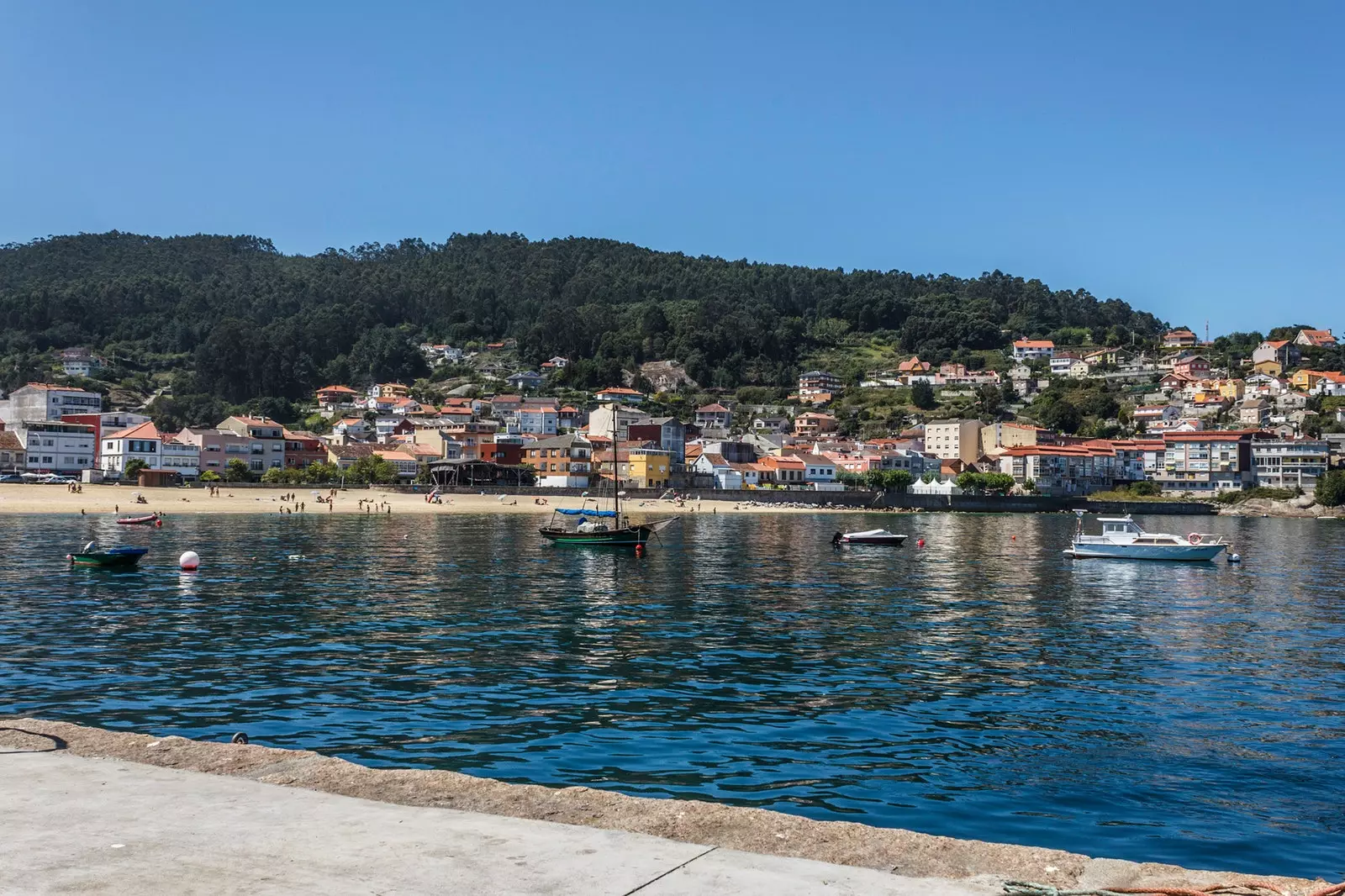
Everyone returns to Bueu, that's how it is
Bueu is one of those places where time seems to stand still. Either walking through the port or having a wine sitting on the terrace of the bar that is at the end of Cape Udra or tasting a fish in the Loureiro restaurant (Avenida de Loureiro, 13) and let yourself be carried away by the swaying of the waves that reach the beach. Or if what you prefer is a bit of urban movement, in The blackberry (Alexandre Bóveda, 1) and some Andalusian cuttlefish with alioli and an octopus toast with tetilla cheese.
It belongs to Morrazo, together with the municipalities of Marín, Cangas and Moaña; an ideal area where observe the bravery of this coast from calm beaches, What that of Lapamán or the sandy area of Coviña, which houses one of those swings where people line up in the summer to take photos and now nobody is there for hours; wave covelo beach, a very small sandbank with an even smaller access that few know about (it can be accessed from the national highway or from Lapamán when the tide is very low).
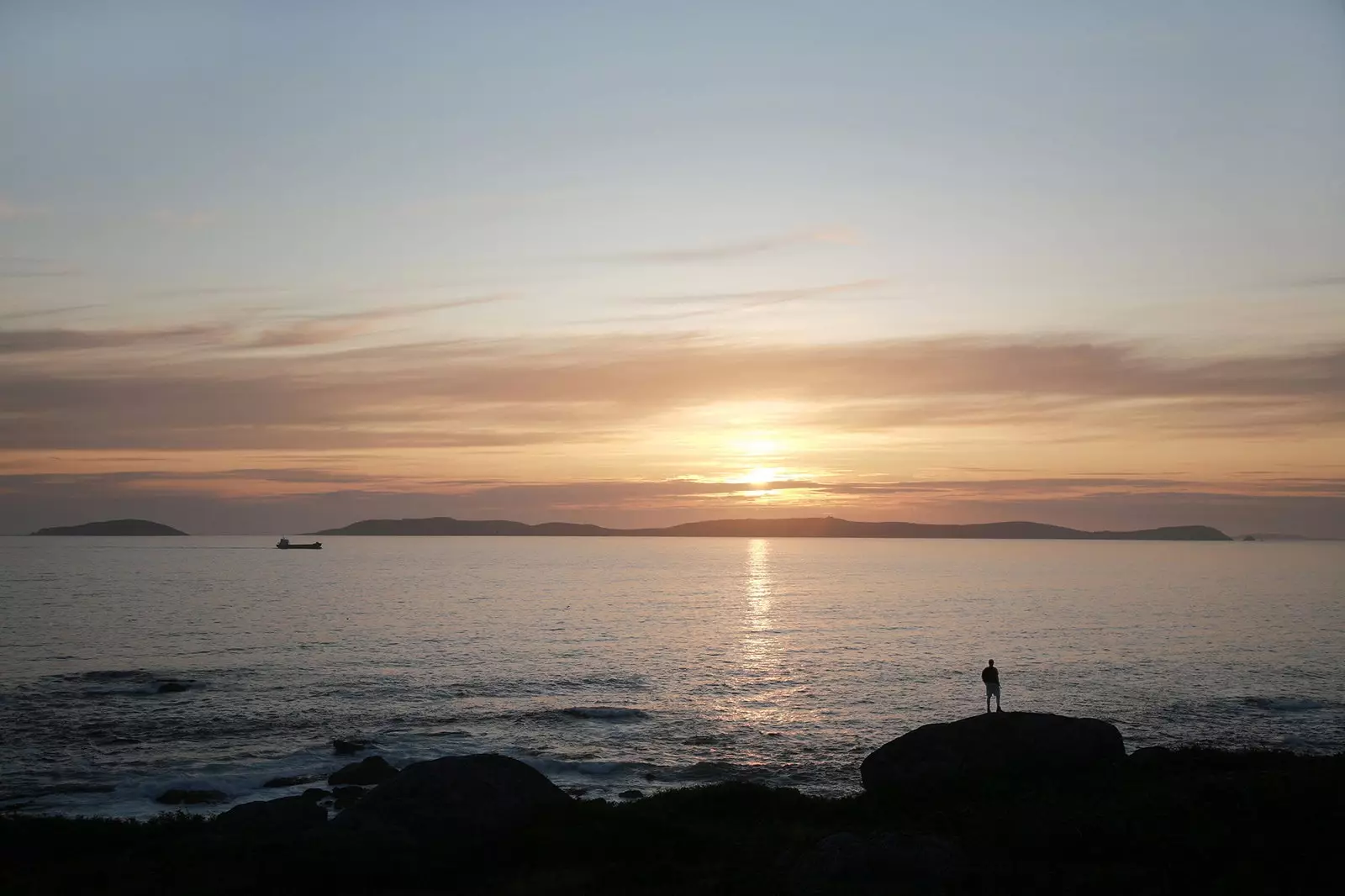
View of Ons from Cabo Udra, Bueu
From the port of Bueu one can go by boat to the Ons and discover the National Park of the Atlantic Islands or stay and walk to Beluso, a small fishing port, and try some crabs in To Centoleira (Beluso beach, 28) and marvel at the views of the estuary. or you can do a route through the pazos of the area and discover that, according to legend, even Queen Doña Urraca, who did not allow herself to be bossed around by any man, rested in the Pazo do Casal amidst oaks and laurels. EITHER tour the mills that take advantage of the waters of the Bispo and Frade rivers, among ancient trees.
To get an idea of where we are, in 1600, the son of the lords of Pazo do Casal built a mansion in As Castiñáns. He called it Casa Grande do Placer, because of the landscape that surrounded it. There is nothing.
As we know that Galicians from the north get stung by the incomparable beauty of some places in the south, and so that my family does not bother me, another of those remote places is on the border of the division of two seas. Ortigueira has that touch of the Irish coast where the greens and blues are always intense. One of the most important wetlands in Galicia is at your feet, included in the international Ramsar agreement, where dozens of migratory species have their habitat there.
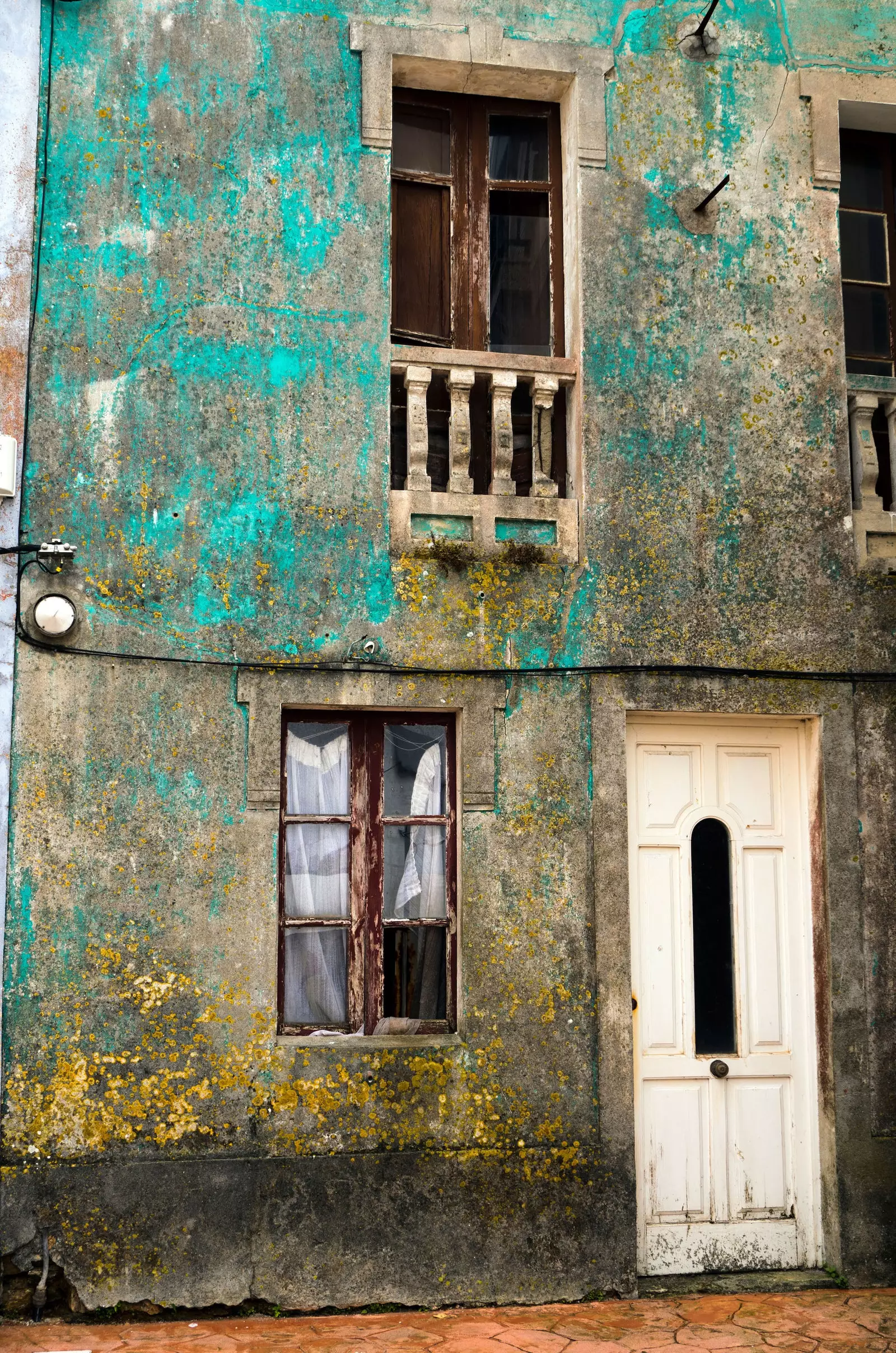
Ortigueira, A Coruna
The heights of more than a hundred meters of some cliffs, the wind blowing and touching your face and hair, the birds fluttering around the inshore boats and the salt spray from the drops that splash every time a wave beats against the stone walls make this refreshment area for golems.
at the bar O Preserve (O Coto s/n), the portions are gargantuan, with typical presence of a dish that your grandmother made for you, overflowing with fries and garden salad. The same idea is used in To Cabana do Fos (Playa Morouzos s/n), where to give a good account of a Galician beef churrasco.
If you are curious as to how so much gastronomic delicacy is possible on such a harsh coast, you can visit the Meixido Ethnographic Museum, and see what a 19th-century kitchen and apothecary looked like. You know, if life gives you lemons... Perhaps that is why there is a coastal town very close by called Cariño.
Ortigueira is known for thousands of faithful who visit the beaches every year and stay to camp in the pine forest to vibrate at the concerts of the International Festival of the Celtic World. It causes such a sensation that ten years ago, the members of a Scottish group that played at the festival took a walk through the town. They finished the route in the cliffs of Loiba.
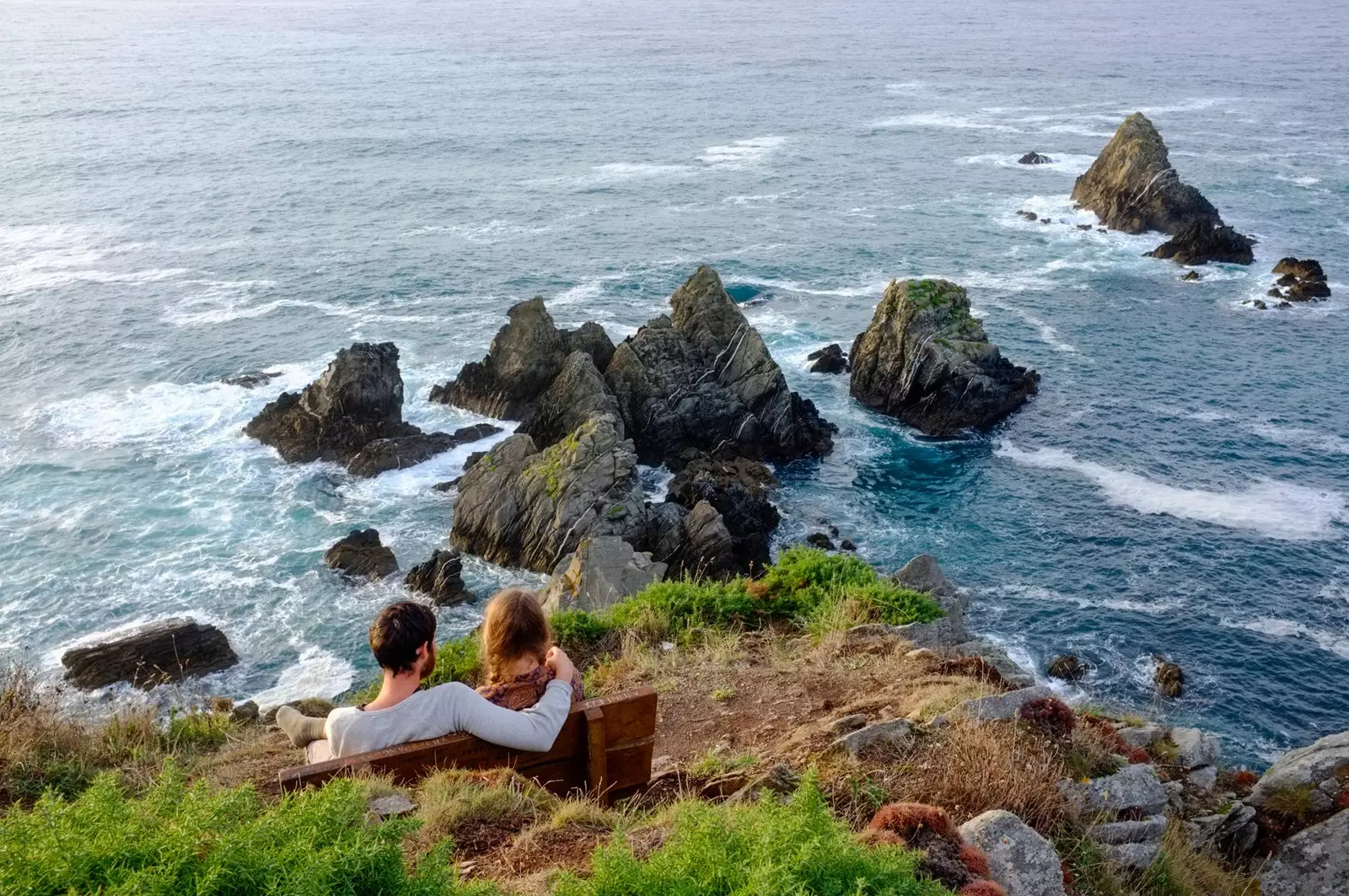
The cliffs of Loiba and its famous bank
There, a year before, a neighbor of the parish installed a bench, tired of seeing his children and his colleagues sit on the stones when they went there to hang out. When the Scots saw it they fell in love. From that point it can be seen from the Estaca de Bares (the separation point between the Cantabrian Sea and the Atlantic Ocean) to Cape Ortegal. And since then there is no Galician town that does not think about putting benches in elevated areas. Just to watch the horizon.
Few know that, at the foot of the sea, the algueiras, the women named for the collection of red algae (or gigartinas), They do their work throughout the summer and then fertilize the fields. Today, these algae are marketed all over the world for jobs in the cosmetic industry (from slimming creams to toothpaste) or in the food industry (as a thickener, since carrageenan or alginates, which are in dairy products, are extracted). .
The Galician coast is full of small places where you can enjoy wild nature. Without messing up Well, that is already more complicated.
